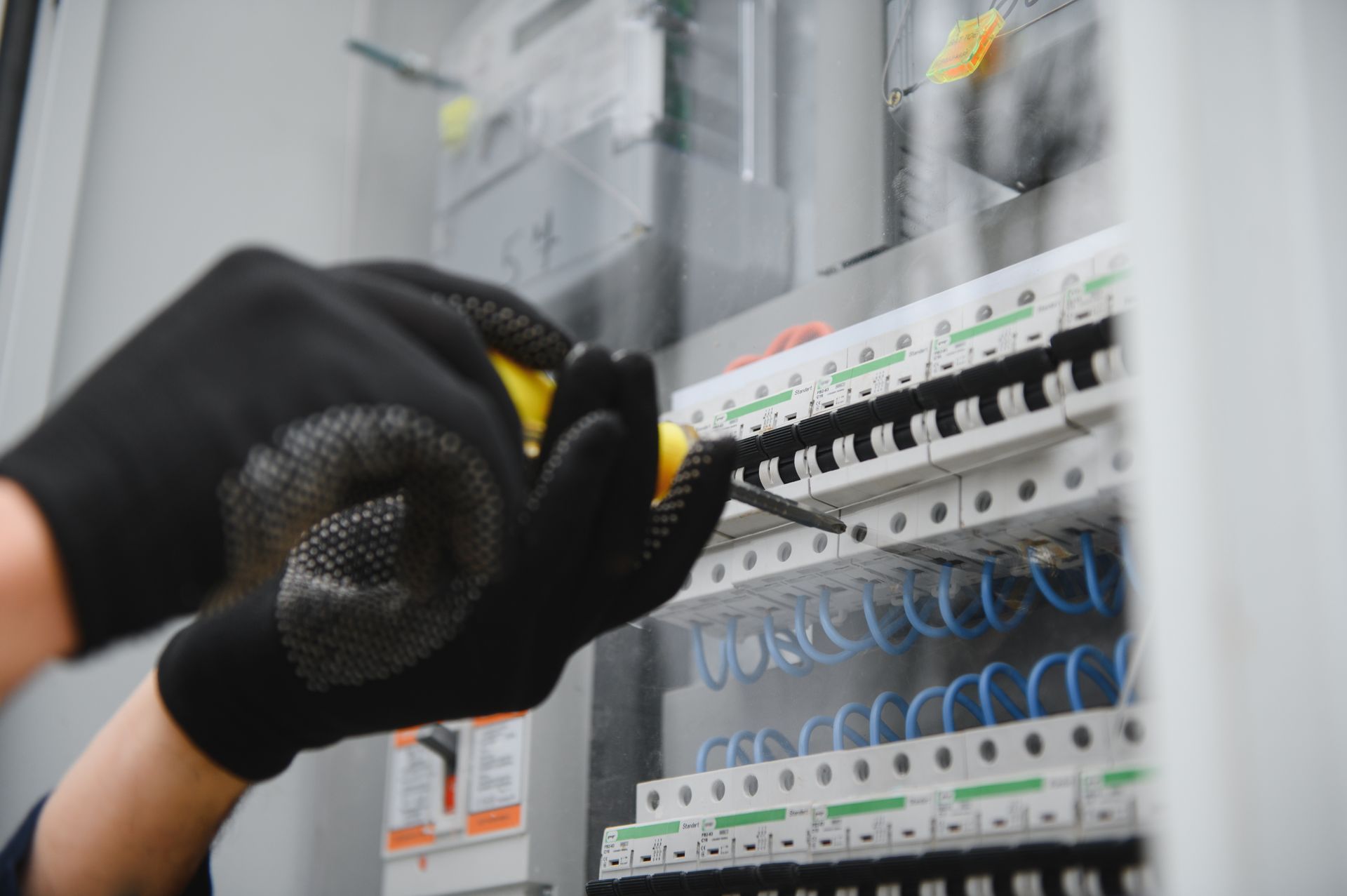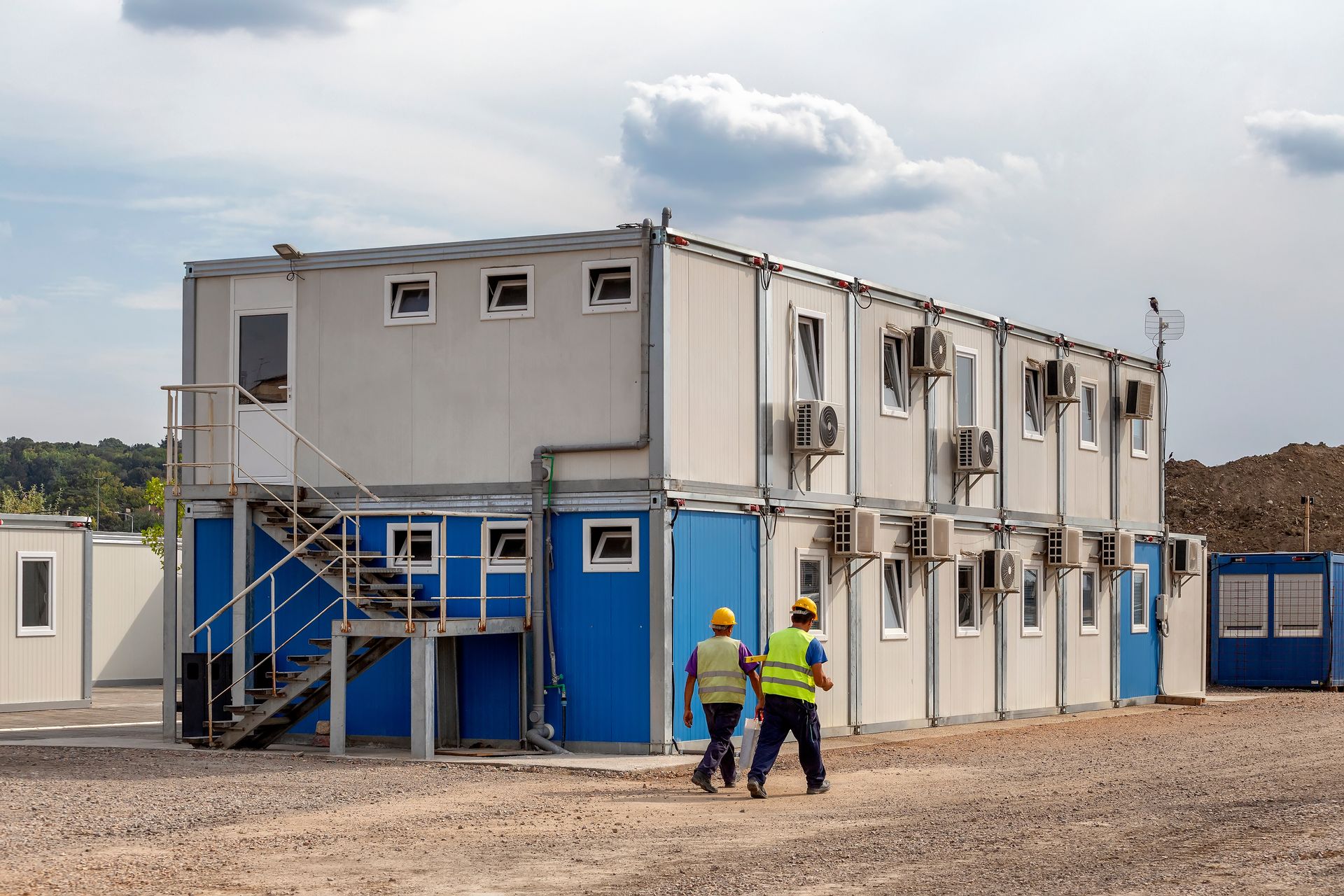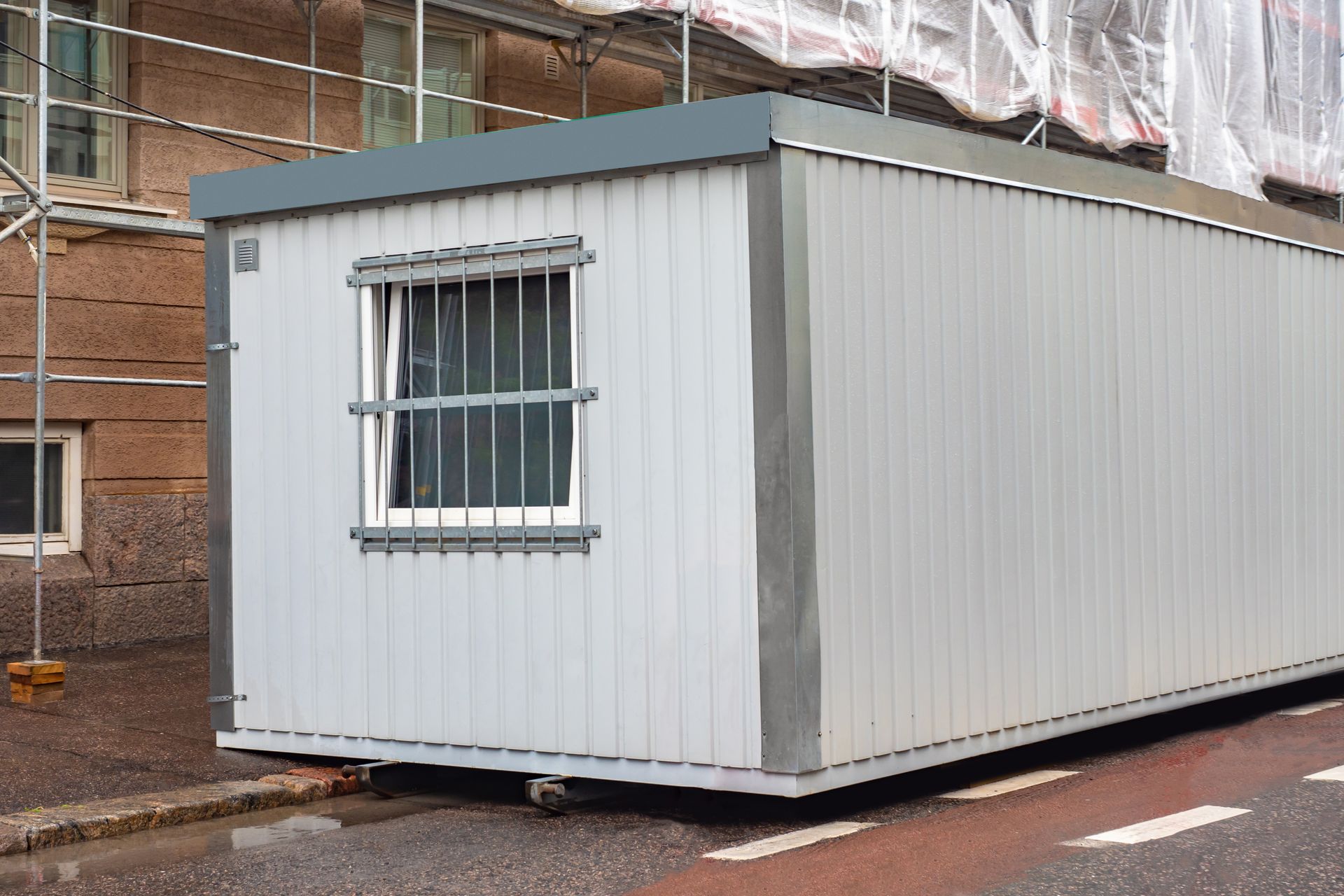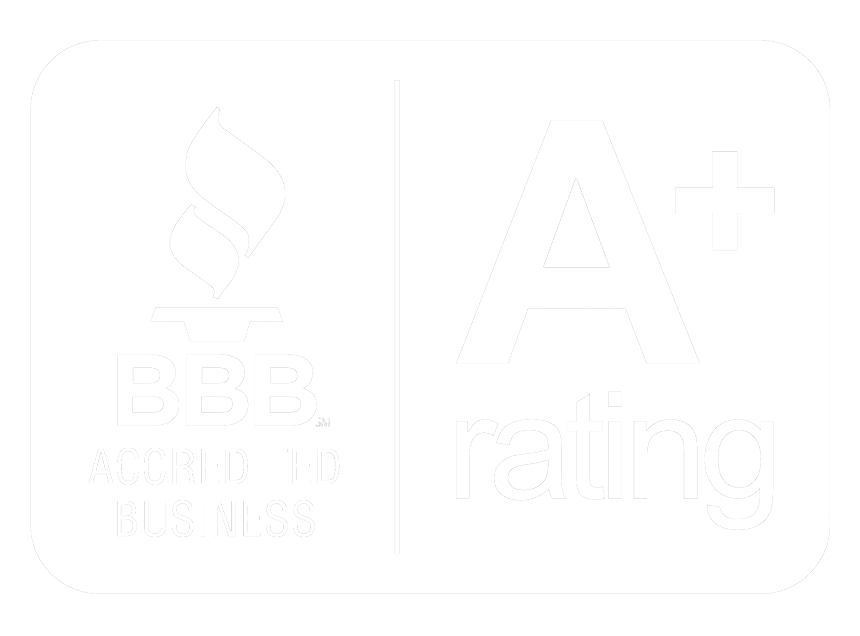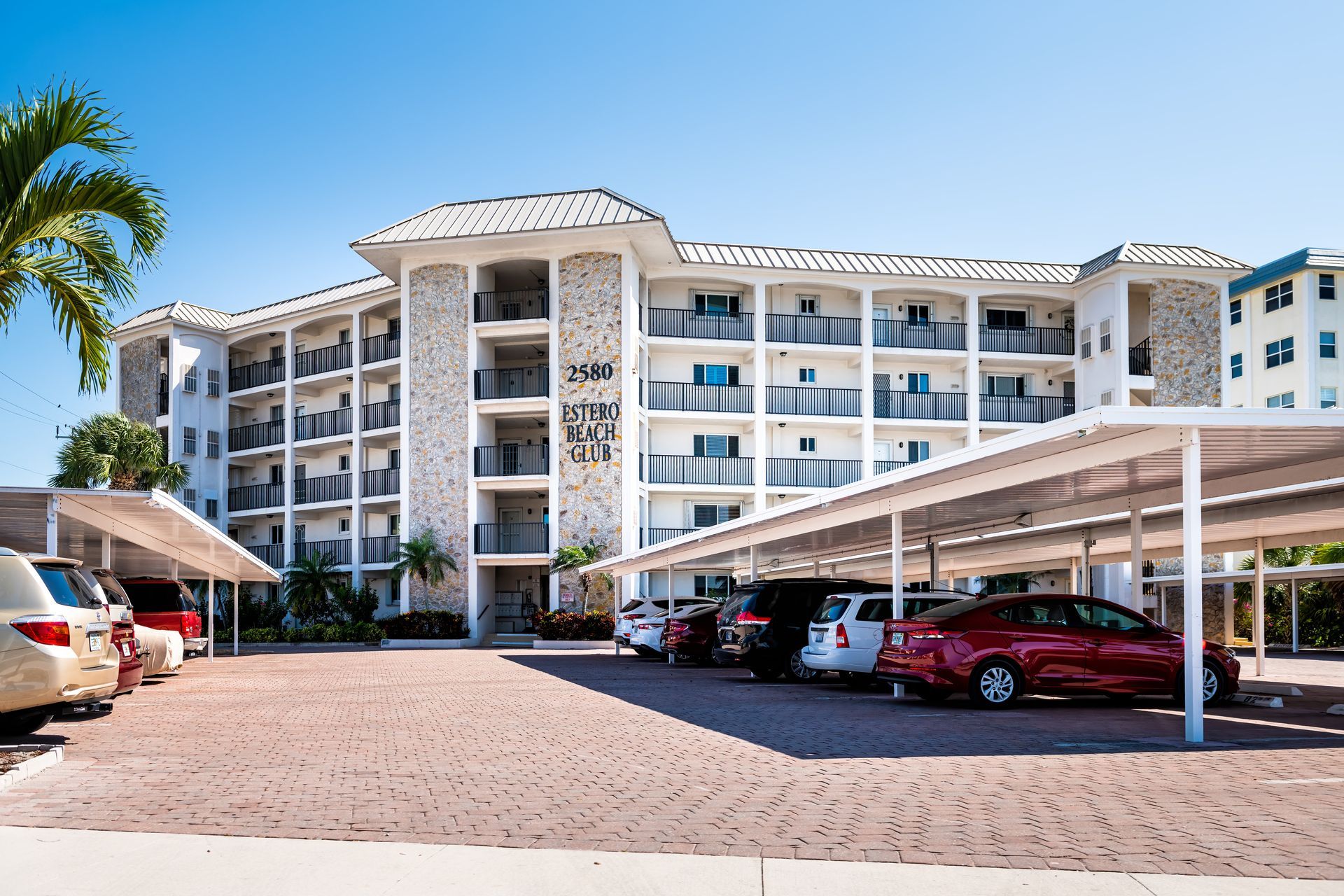
Florida summers are beautiful, but they can also be brutally hot and humid. Between blazing sunshine, soaring temperatures and sticky humidity, vehicles left exposed can quickly turn into ovens. Paint can fade, dashboards can crack and interior materials will take a beating from constant UV exposure. That’s why so many Florida homeowners turn to carports as a cost-effective way to shield cars, trucks, RVs and boats.
But here’s the catch: simply installing a carport isn’t enough. Placement matters. Where and how you position a carport determines how much shade you get, how well your vehicle is protected and how comfortable your outdoor space feels overall.
Think About the Sun’s Path
The first step in positioning a carport is understanding how the sun moves across your property.
- East/West Orientation: A carport running east to west can block morning and late-afternoon rays, which tend to hit cars at an angle and cause the most interior heat buildup.
- South Exposure: Vehicles parked with southern exposure get the most consistent sun. A north-south oriented carport can provide better year-round protection for south-facing driveways.
Walk outside at different times of the day and note where shadows fall in the morning, midday and late afternoon as the sun is setting. This simple exercise helps you identify the best placement for maximum shade during peak heat hours.
Consider Nearby Trees and Landscaping
Trees are natural allies in the fight against Florida heat. Positioning a carport near established shade trees can significantly reduce sun exposure. However, there are trade-offs:
- Benefits:
Trees provide additional shade, cool surrounding air and block harsh late-afternoon sunlight.
- Drawbacks: Falling leaves, sap or branches can stain or damage vehicles. Hurricanes and tropical storms also increase the risk of branches breaking and potentially falling on or blowing into carports.
Use trees as a complement, not a crutch. Place your carport so it benefits from tree shade in the morning or afternoon without sitting directly under them.
Factor in Prevailing Winds
Shade isn’t the only consideration; airflow matters too. Carports should be positioned to take advantage of Florida’s prevailing breezes, which typically come from the southeast in summer. A breezy placement keeps air moving, reducing heat buildup under the structure and preventing moisture from lingering.
At the same time, ensure your carport is anchored properly to withstand storm-force winds. Placement in a sheltered location, away from direct wind tunnels between buildings, provides extra stability.
Work with Your Existing Structures
- Create Shade Corridors: Positioning the carport alongside a fence or wall can help reduce reflected heat from hard surfaces.
- Avoid Heat Traps: Don’t place a carport directly against stucco or concrete walls that radiate heat back onto your vehicle. Instead, allow a few feet of clearance for air circulation.
Height and Angle Considerations
Carports aren’t one-size-fits-all. Placement includes thinking about how tall and angled your structure should be:
- Height: A taller carport may allow more sun to creep under at certain angles. Lower profiles block more direct sunlight but must still provide enough clearance for your vehicles. This can be tougher with carports that will be used for boats and recreational vehicles.
- Angle: Sloped roofs can be angled to block sun from the harshest directions. In Florida, an angle that deflects southern or western rays often works best.
If you’re storing an RV, boat or trailer, plan the dimensions carefully so the carport offers both clearance and effective shade.
Don’t Forget Drainage
Florida summers mean heavy afternoon downpours. Placement should consider how rain drains away from the carport. A low spot in the yard can turn into a puddle trap, leading to mud, standing water or even corrosion underneath your vehicle.
Choose higher ground or prepare a graded base (such as gravel or concrete) that channels water away. Combining shade and proper drainage ensures your carport works year-round, not just during sunny days.
Placement for Boats and RVs
Boats and RVs need special consideration:
- Boats: UV rays can fade paint and crack upholstery quickly. Position carports so the bow and cockpit get maximum coverage, especially during late-afternoon sun.
- RVs: These tall vehicles often require higher carports. Place them so the roof shades the windshield and southern face, the areas most prone to heat gain.
Because these investments are so valuable, it’s worth spending extra time on placement to ensure long-term protection.
Long-Term Value of Smart Placement
A carport is an investment in protecting your vehicles and outdoor lifestyle. Poor placement can mean sun still sneaks in at the hottest times of day, defeating the purpose. But with thoughtful positioning, you’ll enjoy:
- Cooler interiors when you get in your vehicle.
- Reduced fading and cracking of paint, dashboards and upholstery.
- Extended lifespan of your boat or RV finishes.
Don’t Let Florida’s Unrelenting Sunshine Compromise Your Vehicle’s Safety
At Bestway Portable Buildings Inc., we design and install durable, customizable carports built for Florida’s unique climate. Our team helps you choose the right size, style and placement so your vehicles, boats or RVs get the protection they deserve.
Fill out the form on our website or give us a call at (850) 747-8974 to request a quote.

